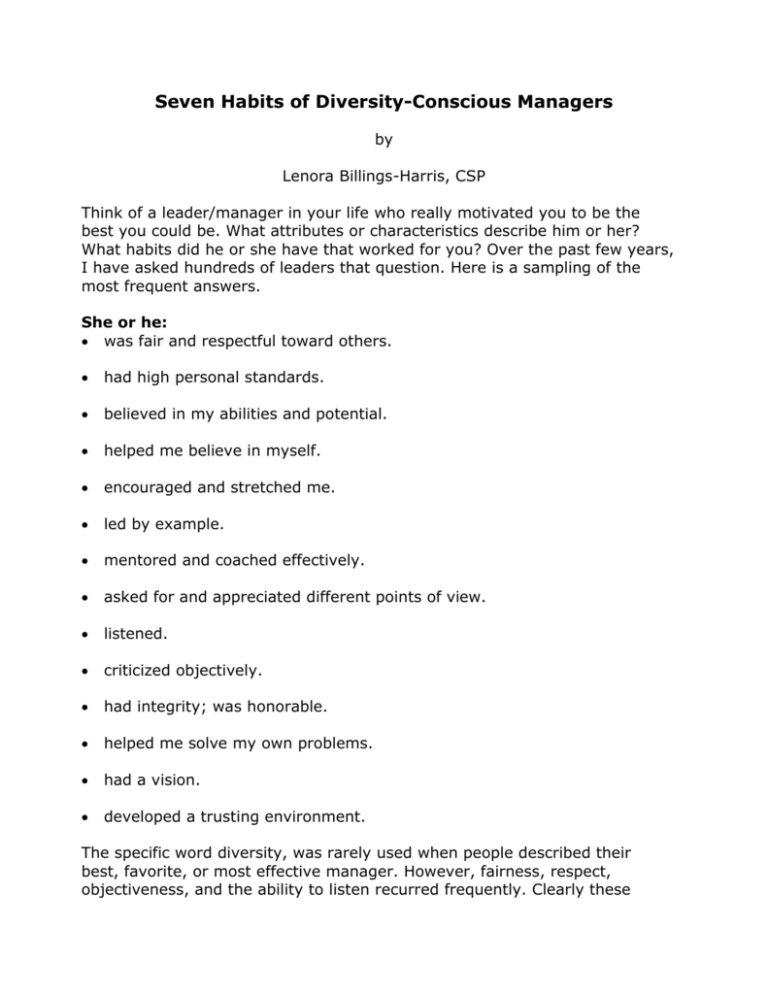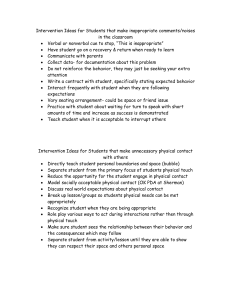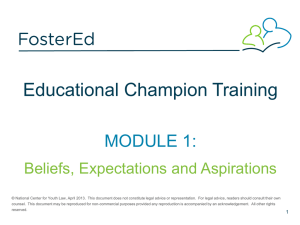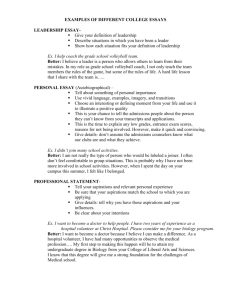
Seven Habits of Diversity-Conscious Managers
by
Lenora Billings-Harris, CSP
Think of a leader/manager in your life who really motivated you to be the
best you could be. What attributes or characteristics describe him or her?
What habits did he or she have that worked for you? Over the past few years,
I have asked hundreds of leaders that question. Here is a sampling of the
most frequent answers.
She or he:
was fair and respectful toward others.
had high personal standards.
believed in my abilities and potential.
helped me believe in myself.
encouraged and stretched me.
led by example.
mentored and coached effectively.
asked for and appreciated different points of view.
listened.
criticized objectively.
had integrity; was honorable.
helped me solve my own problems.
had a vision.
developed a trusting environment.
The specific word diversity, was rarely used when people described their
best, favorite, or most effective manager. However, fairness, respect,
objectiveness, and the ability to listen recurred frequently. Clearly these
are key skills for managing a diverse workforce.
The attributes mentioned above describe an effective manager and leader. The
challenge within a diverse environment is to be able to practice these
behaviors with all contributors, rather than only with employees with whom
you are most comfortable. Developing the diversity dimension of leadership
requires a commitment to demonstrate the following behaviors consistently:
Identify Professional Aspirations
Learn the professional aspirations of all team members and support their
efforts to achieve them. Many organizations have some type of career
development or succession planning process. In order to make these programs
more effective within a diverse environment, be sure that you are talking to
all of your staff about their career aspirations. Even if your organization
does not have many opportunities for individuals looking for upward mobility,
your interest in their career and your assistance in their development will
be greatly appreciated and will usually motivate people to do their best
work. If there are no opportunities within the organization and the employee
ultimately leaves the company, you then have a positive ambassador in the
overall community.
Create Opportunities for Positive Exposure
Create opportunities for highly talented employees to be exposed to leaders
who may not otherwise interact with them. Perhaps they can present a report,
attend a meeting in your place, or conduct various other activities whereby
they can interact with leaders in the organization who, if impressed, can
impact their career in a positive way.
Create Cross-Functional Teams
As organizations have downsized, right-sized, and re-engineered their
businesses, many management positions have been eliminated, thus requiring
groups to work together as teams in order to complete the necessary tasks.
When cross-functional teams work effectively, ideas flourish. People are
exposed to each other's ideas and discover that different departments have
different viewpoints. That exposure is beneficial to the overall innovation
potential of the organization. When creating these teams, remember that
putting people together does not automatically make them a team. Training is
needed to help develop that group of people into an effective, trusting team.
Without training, diversity collisions due to stereotypes about age, tenure,
communication styles, as well as ethnicity and gender can be divisive to the
team's effectiveness.
Delegate Fairly
Sometimes leaders have a tendency to delegate to the same people all the
time, because they do good work and things will be done well. However, if you
are going to truly develop all team members, regardless of their packaging,
you need to identify projects, tasks, and responsibilities that could further
develop their skills. Once the task is delegated, be sure to coach, and be
clear regarding your expectations about updates and results.
Do not Tolerate Inappropriate or Disrespectful Behavior
Communicate and support intolerance of inappropriate and disrespectful
behavior. This practice relates to "led by example," and "was fair and
respectful," as descriptors of effective leaders. This must be an ongoing
behavior on your part, one where you are constantly looking for opportunities
to teach tolerance and respect within the workplace. This skill is one of the
most difficult diversity management skills to consistently perform well,
because most people do not know how to provide negative feedback
constructively. If you are silent, or laugh nervously at "dumb blonde" jokes,
for instance, your behavior may perpetuate the inappropriate actions of your
staff.
Evaluate Performance Effectively
Most employees really want to do a good job. The problem is often they do not
know what a good job is, because the clues from their leadership are unclear.
The clues frequently different based on superficial or stereotypical
judgments regarding age, gender or ethnicity. For example, what is considered
acceptable or superior performance for a woman engineer is often different
from the standards for her male counterparts, due to unwritten expectations.
If the skills and expectations for the job are clear, the measurement
criteria is clear, and the feedback is continuous, then it becomes easier for
you to be fair with each employee.
Consider Individual Needs
Consider individual needs when enforcing company policies and guidelines. The
idea is to be fair. However, "fair" does not necessarily mean "the same."
There are times when you must decide how to implement policies without
showing favoritism while recognizing the different needs of your staff.
Coordination of work schedules is an example. Although within a department,
and within the same job category, everyone is probably expected to arrive at
the same time and leave at the same time, it would be appropriate, when
necessary, to allow flextime. Be sure to clarify the requirements.
You may have noticed that nowhere have I suggested that effective leaders
manage based on ethnicity, gender, disability, age, and the like. Effective
leaders realize that everyone in the organization contributes to its success,
when people are treated as individuals rather than just members of various
groups. The more you are able to relate to individuals, the more you will be
able to create an environment that causes them to produce at their highest
level, regardless of their packaging.
The challenge is to make the time. Once you see the real person, instead of
just their "packaging," the benefits to you and the organization will abound.
Their differences will then be an asset instead of a barrier. The
opportunity is there. You can make a difference.
Lenora Billings-Harris, CSP, is the president of Excel Development Systems,
Inc. a full service international training and consulting company, and author
of The Diversity Advantage: A Guide to Making Diversity Work. Copyright©
1999, Lenora billings-Harris. All rights reserved. For additional
information about training, consulting services and educational products,
please contact The Frog Pond Group at 800-704-FROG (3746) or email
susie@frogpondgroup.com.









